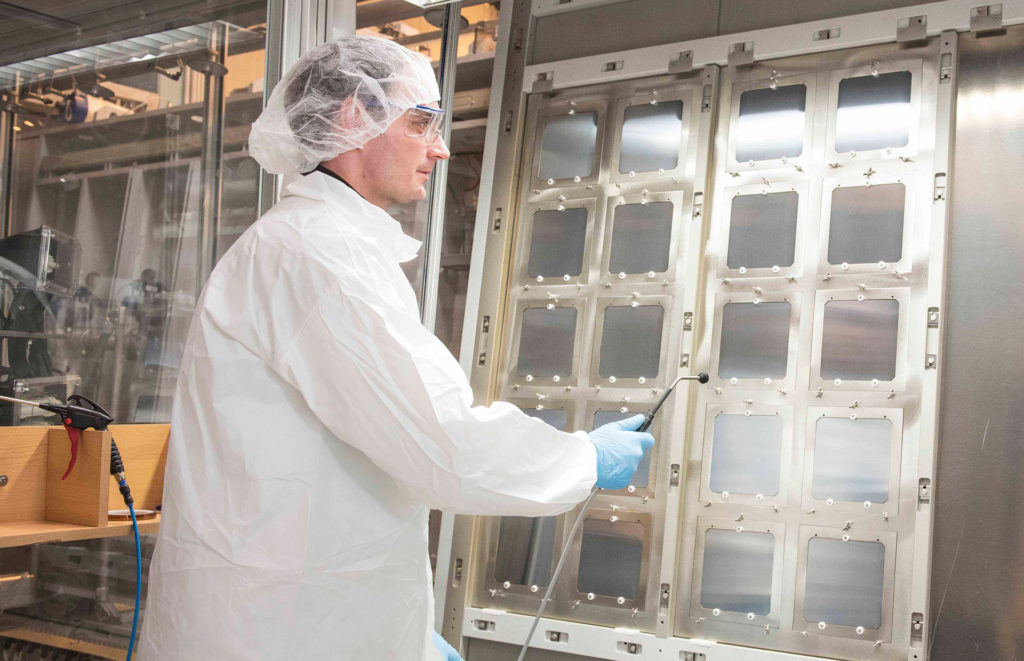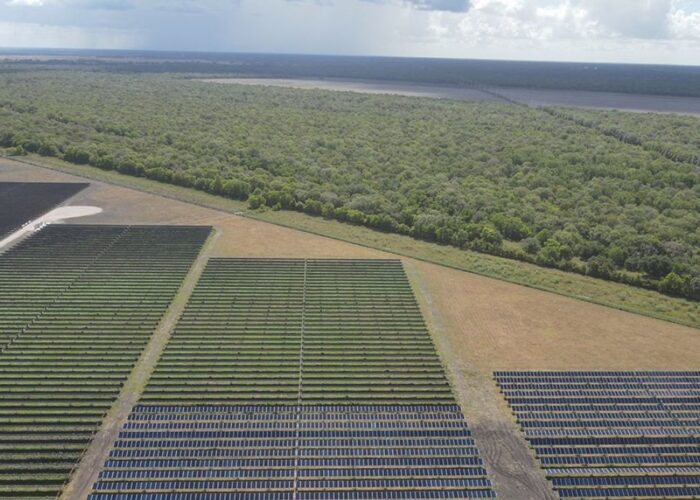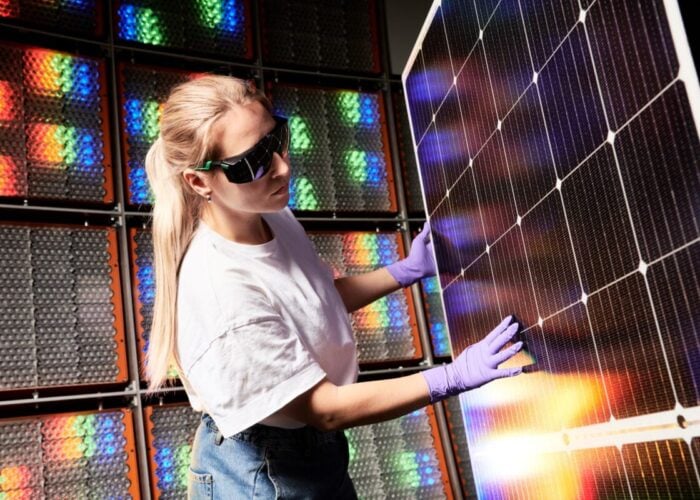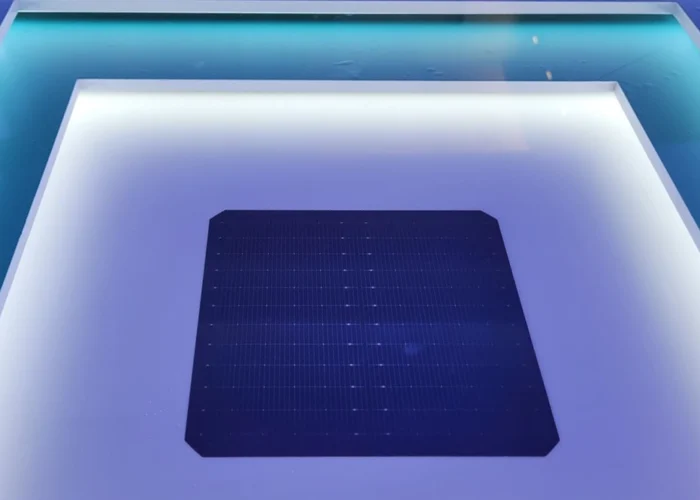
The chemical process of halogen bonding has “considerable potential for the development of a new generation of solar cells based on perovskites”, according to researchers at the Polytechnic University of Milan.
The intermolecular interaction involving halogen atoms in organic molecules, known as halogen bonding, can help improve the performance of perovskite-based solar cells, enabling them to achieve high levels of efficiency and high stability, the academics said.
Try Premium for just $1
- Full premium access for the first month at only $1
- Converts to an annual rate after 30 days unless cancelled
- Cancel anytime during the trial period
Premium Benefits
- Expert industry analysis and interviews
- Digital access to PV Tech Power journal
- Exclusive event discounts
Or get the full Premium subscription right away
Or continue reading this article for free
Published in scientific journal Angewandte Chemie International, the research paper argued the use of halogen bonding provides “significant advantages for the development of solar cells with better crystallinity and greater stability”.
Halogen bonding “enables fluorinated molecules to be introduced”, said the researchers, which passivate the surface halides to produce hydrophobic and water-repellent perovskites. “In this way, trap states are blocked and efficiency is increased.
“In addition, the surface modification of perovskite with bifunctional molecules capable of forming halogen bonds enables better integration of the perovskite within the solar cell, facilitating the generation of electrical current,” the researchers argued.
In November, researchers from the University of Cambridge said they had “unlocked the mystery” behind perovskite’s apparent tolerance of defects, with “potentially huge implications for the future efficiency of solar PV modules”.
Overt the last decade, perovskite has been touted as a promising alternative to silicon based solar modules given the lead salts needed to make them are abundant and cheap and they can be made in a liquid ink that is printed to produce a film of the material.
As a result, many in the solar sector are assessing the potential application of perovskite materials to surpass the efficiency of silicon-based modules, with the US Department of Energy funding research into the development of perovskites and companies such as Toshiba exploring how to get the most out of the material.
And in February, Saudi researchers reported the “the first ever” successful damp-heat test of perovskite solar cells, which they said moves the technology closer towards commercial viability after it withstood 1,000 hours of harsh conditions and maintained a 95% efficiency.





